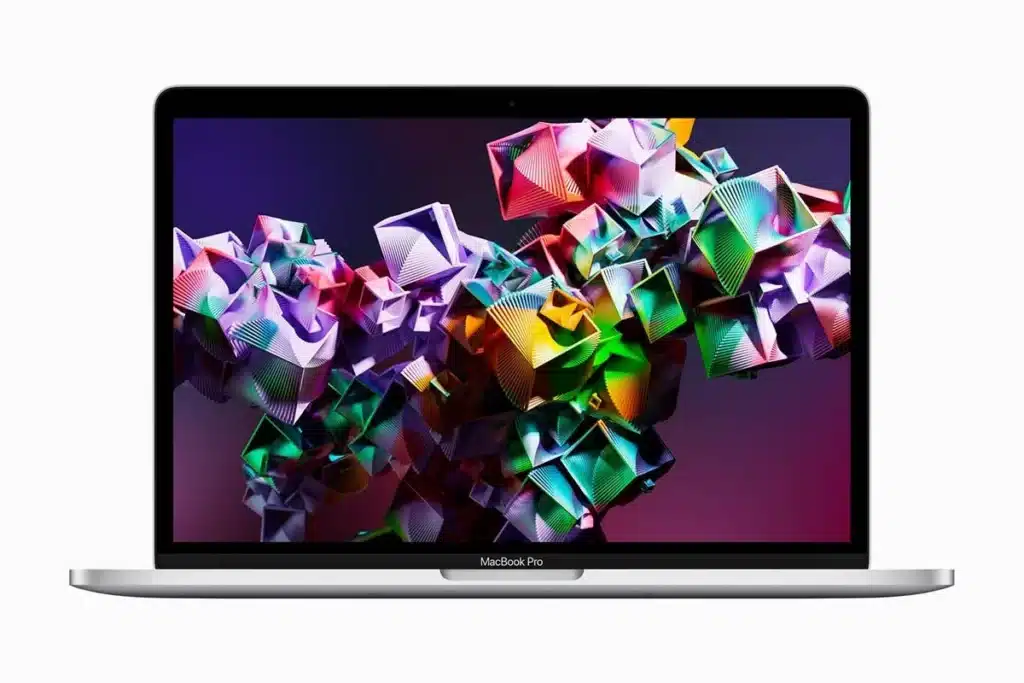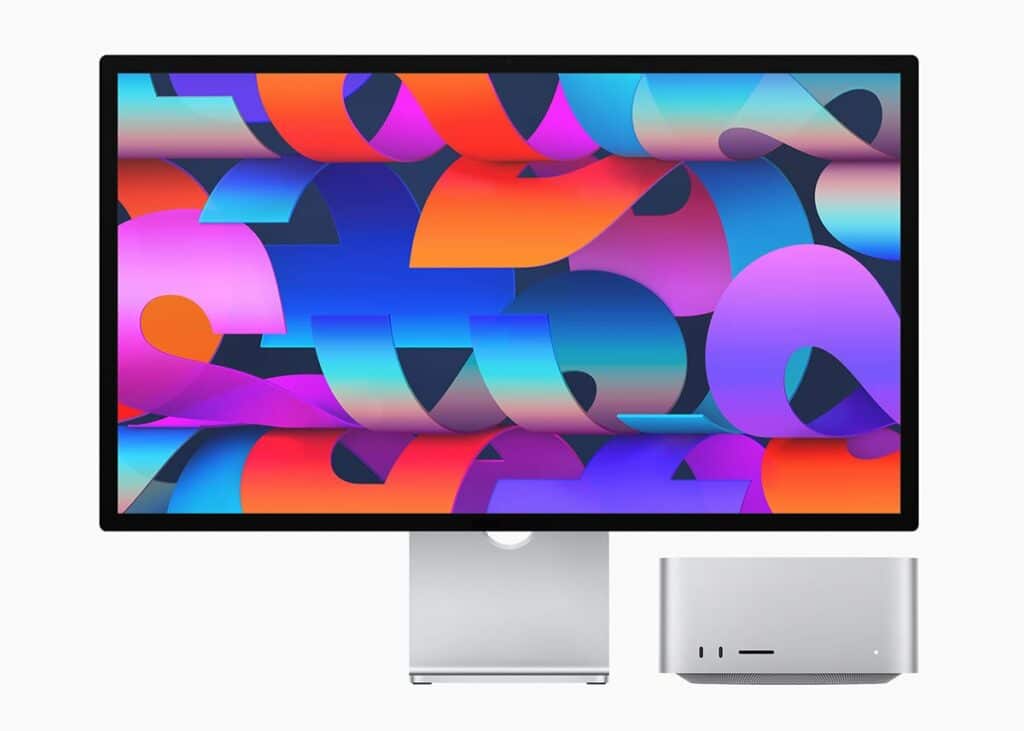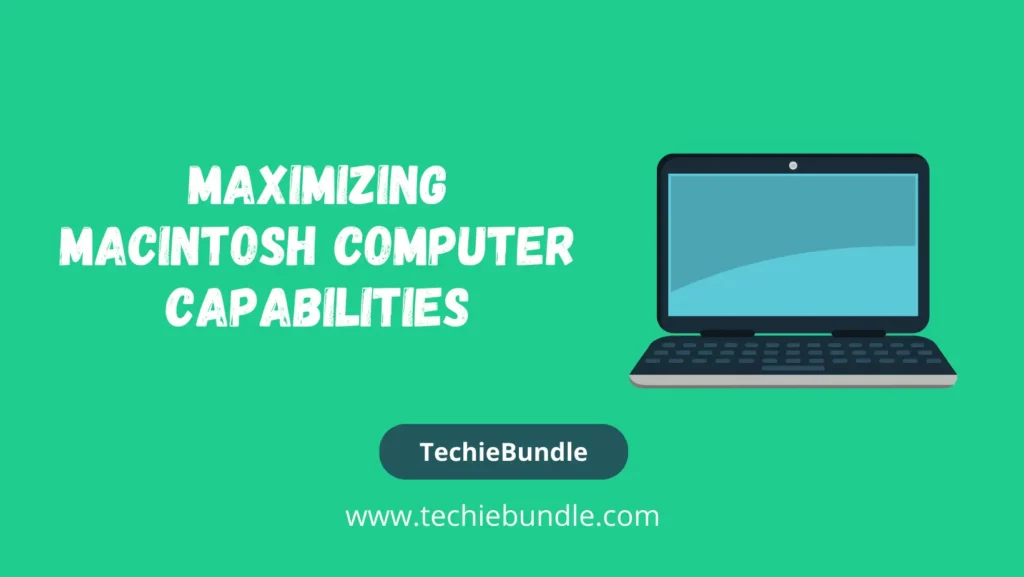Introduction: Macintosh Computer
Macintosh computers, commonly known as Macs, have established themselves as technology cornerstones over many years. With their elegant aesthetics, robust capabilities, and user-centric interface, Macintosh computers have amassed a devoted fan base. This guide delves deep into the Macintosh computer realm, uncovering their historical journey, standout features, and the reasons behind their sustained global popularity. Join us as we embark on a journey to unearth the hidden capabilities of Macintosh computers.
A Brief History of Macintosh Computers:
The Macintosh computer journey commences in the early 1980s when Apple Inc. marked a significant milestone with the introduction of the inaugural Macintosh model, the Macintosh 128K. This groundbreaking device featured a revolutionary graphical user interface and a mouse, effectively reshaping the landscape of personal computing. Over the years, Macintosh computers have undergone a series of transformative iterations, including notable models such as the Macintosh Classic, PowerBook, iMac, MacBook, and more. With each new release, these computers have consistently pushed the boundaries, delivering enhancements in performance, design, and innovation. As a result, Macintosh has become synonymous with exceptional quality and pioneering technological advancements.
Here are some significant moments in the history of the Macintosh:
- 1984. Apple launched the Macintosh on January 24. It became one of the earliest personal computers to achieve commercial success with a graphical user interface (GUI).
- 1985. Steve Jobs left Apple and founded NeXT Inc.
- 1986. Apple unveiled the Macintosh Plus, which had more memory and introduced Small Computer System Interface (SCSI) ports for connecting external devices.
- 1987. Apple introduced the Macintosh II, which was the first Macintosh that could be expanded and had color capabilities.
- 1989. The Macintosh SE/30, a well-liked model, came with 1 megabyte of RAM that could be expanded up to 128 MB.
- 1991. The System 7 operating system was released, along with the introduction of PowerBook laptops and Quadra desktop computers. These innovations brought significant improvements in multitasking capabilities compared to earlier versions.
- 1994. Apple unveiled the Power Macintosh, which featured the more potent PowerPC processors.
- 1996. The Macintosh System Software OS underwent a rebranding and was renamed as Mac OS.
- 1997. Steve Jobs took on the role of Apple’s CEO when Apple acquired NeXT..
- 1998. The iMac G3 made its debut, featuring an all-in-one design and the introduction of USB ports.
- 2001. Apple took a significant step when they introduced Mac OS X. It merged the reliability of Unix with an easy-to-use interface.
- 2006. Apple switched to using Intel processors in MacBook Pro laptops. They also added features like multitouch trackpads and LED displays. Additionally, Apple introduced the Mac Pro, a powerful desktop computer designed for professional users.
- 2008. Apple unveiled the MacBook Air, a super-slim and lightweight laptop.
- 2010. Apple released the iPad, a tablet computer featuring a touchscreen interface.
- 2011. Apple introduced OS X Lion, which included features like Mission Control, full-screen apps, Launchpad, and support for AirDrop. Additionally, the MacBook Pro received Thunderbolt I/O technology, enabling users to transfer data at high speeds by connecting peripherals directly to the computer through lightning-fast ports.
- 2012. The MacBook Pro with a Retina display was launched, offering super sharp images and text with ultra-high resolution. Mac OS X was also renamed to Mac OS.
- 2016. The Mac operating system was rebranded as macOS.
- 2020. Apple launched the M1 chip, a tailor-made powerhouse for Macs, fusing top-notch performance with energy efficiency.
- 2022. The M2 chip was introduced and started showing up in MacBook Air and MacBook Pro models.

Key Features of Macintosh Computers:
- Operating System: Macintosh computers operate using macOS, an operating system rooted in the Unix framework, renowned for its stability, robust security features, and user-friendly interface.
- Design: Macintosh computers are celebrated for their sleek, minimalistic design. They feature a slender and lightweight build, constructed from top-tier materials, which adds a touch of sophistication to any workspace.
- Performance: Macs come equipped with robust hardware, guaranteeing seamless performance across a spectrum of activities, spanning from fundamental web browsing to demanding tasks such as video editing and gaming.
- Retina Displays: Numerous Macintosh models are furnished with Retina displays, delivering vibrant, high-resolution screens that render images and text exceptionally sharp and clear.
- App Ecosystem: The Mac App Store grants access to an extensive collection of software, encompassing creative tools, productivity applications, and games. This dynamic ecosystem consistently broadens its horizons to cater to an array of user requirements.
Why Choose a Macintosh Computer?
- User-Friendly: Macintosh computers are well-known for their user-friendly interface. Their intuitive design ensures accessibility for users of all technical proficiency levels.
- Security: macOS is known for its robust security features, protecting users from malware and cyber threats.
- Productivity: Professionals prefer Macs due to their efficiency in handling resource-intensive tasks. They are the preferred choice for creative professionals, including graphic designers, video editors, and musicians.
- Longevity: Macintosh computers are known for their durability and longevity, often lasting for many years without significant performance degradation.
- Ecosystem Integration: If you own other Apple devices, like an iPhone, iPad or Mac Studio, you can benefit from seamless integration and synchronization across all your devices.

Macintosh Computer Tips and Tricks:
- Keyboard Shortcuts: Becoming proficient in keyboard shortcuts can significantly boost your productivity while using a Macintosh computer.
- Trackpad Gestures: Familiarizing yourself with a variety of trackpad gestures can simplify navigation and multitasking on your Macintosh computer.
- Time Machine Backup: Configure Time Machine to automate data backup, providing assurance that crucial files are safeguarded from loss.
- Spotlight Search: Use Spotlight to quickly find files, launch apps, and perform web searches directly from your desktop.
- Customize Preferences: Customize your Mac’s settings to align with your preferences, creating a personalized and tailored computing experience.
Conclusion:
Macintosh computers epitomize Apple’s dedication to innovation and user contentment. Their user-friendly interface, remarkable performance, and timeless design render them a popular global choice. Whether you’re a creative professional, a business owner, or a casual user, Macintosh computers have something valuable to offer. Unleash your Macintosh computer’s full potential and elevate your computing experience to new horizons.



